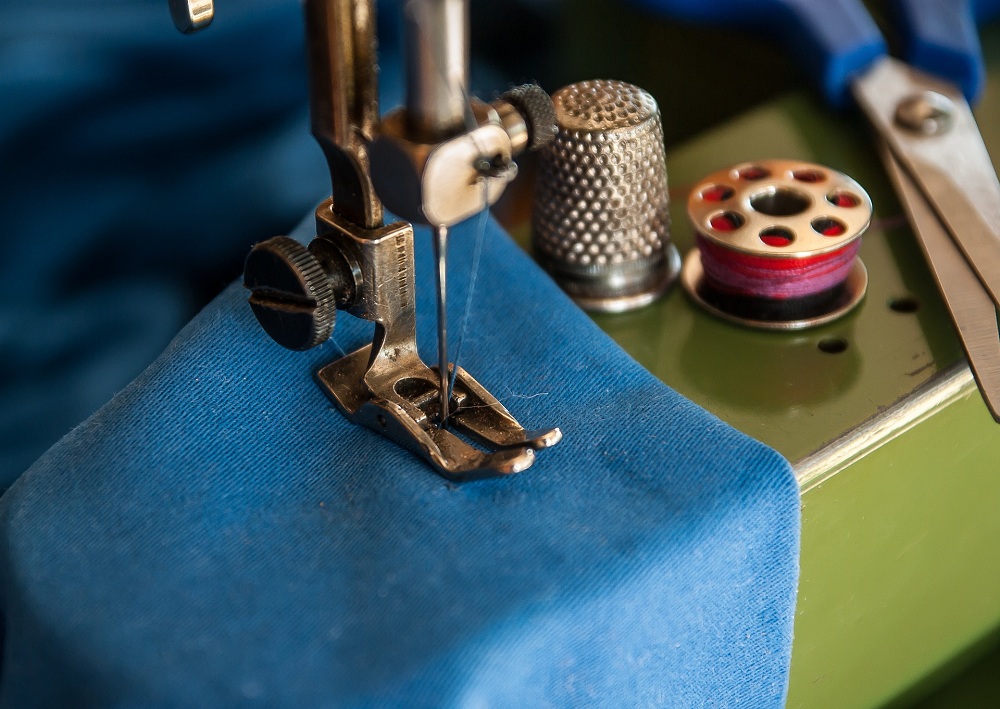Cinema has long been a popular form of entertainment. Since its inception, there have been many ways to have its experience being brought into the home, the most successful being television. It itself has a storied history. People used to watch on sets that feature the cathode ray tube. Nowadays, you can see LCD TVs in a lot of households. But this would not matter if it were not for the content creators,f which can range from boutique video production companies all the way up to the Hollywood big hitters.
Making movies or TV shows require a good amount of creativity, but there are elements of visual storytelling that can be affected by technical factors.
Aspect Ratio
The aspect ratio is basically the shape of your screen. Old CRT TVs had this at 4:3, lending to a more squarish look. There are still filmmakers that use this to emphasize verticality. The narrower width also makes it easier to frame symmetry, particularly those of people’s faces.
Modern LCD or OLED TVs feature a 16:9 or 16:10 aspect ratio. These two are virtually unnoticeable even when seen beside each other. Some movies are still shot in this ratio, and its wider shape lends well to presenting landscapes and other lush scenery.
Many movies are shot at 21:9, dubbed in the technology circuits as ultrawide. This gives the filmmakers more horizontal screen real estate. When you are framing scenes using the rule of thirds in this aspect ratio, the main scene can be emphasized, and there is also ample room to show background imagery.

Camera Work
The camera serves as the viewer’s eyes. Great camera work not only captures the most interesting scenes, but it should also elicit an emotional reaction from the audience. Slow tracking shots build suspense, quick pans denote action, and shaky scenes give off that feeling of grittiness and realism.
Color Grade
When a movie’s principal photography is completed, it means that the meat of the content is done and is now ready to go into post-production. One of the jobs being done in this phase is defining the color grade. This adds to the overall look of the movie as intended by the director. The color choices provide the mood for each scene.
Dream sequences often use monochromatic tones. A yellowish or orange tint can enhance the feeling of being in a location with extreme heat. A grade that has light saturation aims for a more serious atmosphere, while the opposite is giving off a more colorful vibe that is perfect for lively scenes.
Editing
When you are verbally telling a story, people hate it when you cut yourself and backtrack to an earlier part. It makes your tale confusing, and your listeners will get frustrated because of that.
Editing is another process at the post-production stage that dictates the pacing and sequencing of a movie. Shooting scenes does not look as cool as the final product. The director and the editor pick out the best ones and stitch them together to form something cohesive.
These are some of the inner gears and bolts that are moving to make a feature film. If you are someone who is easily affected by what they see on screen, understanding how films are made can reduce those emotions, especially on scary scenes. That’s movie magic for you.



